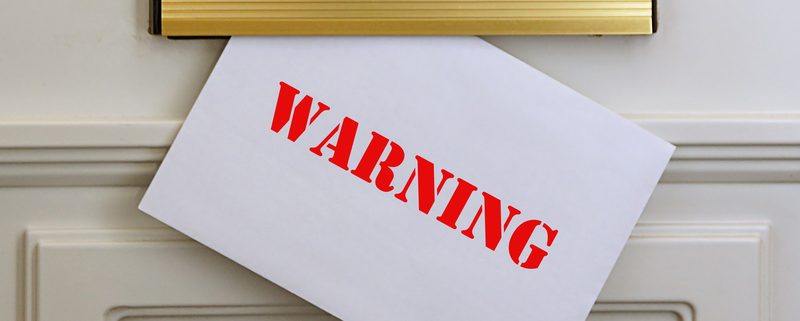What Happens Without a Self-Directed IRA?
What Happens Without a Self-Directed IRA?
Imagine this scenario. You’ve hit retirement age. You knew for a long, long time that you should have been putting aside money for retirement. You did put a little bit aside, but it could best be described as a “trickle.” And even then, it was only in the stock market, and only during times when it seemed like it was what everyone else was doing—when markets were at all-time highs. You’re now facing retirement, wondering how you’re going to afford housing and medical care, and looking at the possibility that family will have to take care of you. Is that what happens without a Self-Directed IRA? Not necessarily. Many successful investors don’t use a Self-Directed IRA. But it’s certainly a possibility of what might happen if you don’t take a more active role with your retirement planning in the years that really count.
As the old proverb says, the best time to plant a tree was twenty years ago. The second best time was now. So if the second best time for you to start investing is now, let’s look at what happens if you do use a Self-Directed IRA.
What People Face in Retirement—With or Without a Self-Directed IRA
Statistics from Vanguard suggest the average American have about $140,000 saved up for retirement. But when you look at the median 401(k) balance, that number is far lower: about $35,000. When you consider that’s the median, you also have to look at the logical conclusion—many, many people across the United States have less than one year’s income saved in retirement.
This is no condition to be in except for retirement investment beginners. Consider that a 65-year-old couple may require over three hundred thousand dollars in retirement to cover health care expenses alone.
Why the discrepancy? Many people take a passive role in their retirement. And passive investing has its role; people who want to “set it and forget it” can succeed if they have a large enough income and work for a company with generous retirement matching policies. But as we all know, that’s not always how the world works.
Taking Control of One’s Finances with a Self-Directed IRA
A Self-Directed IRA offers a more hands-on approach to IRA investing. Instead of working through an employer-sponsored plan with a limited amount of options, working with a Self-Directed IRA custodian means an investor can choose from a wide range of investments, and even investment types. For example, an investor could put retirement funds towards a single family home, and then rent out that home with a property manager putting the rental income into the IRA. A Self-Directed IRA investor could also put money in precious metals, private company stock, LLCs, or even make investments in a brokerage account. The options are nearly limitless (with some strict exceptions, such as life insurance and collectibles).
What does this have to do with saving enough for retirement? A Self-Directed IRA might suit some people who want a more direct say in what their retirement portfolio looks like. By working with a Self-Directed IRA administration firm, they can issue buy/sell orders on the full range of retirement assets available to them. This can encourage some who want to do more than simply trade stock funds or put money in the same retirement fund month after month. But if that’s the strategy you want—then a Self-Directed IRA can facilitate it.
For more information about how it all works, we encourage you to reach out to us here at American IRA. You can give us a call at 866-7500-IRA.








